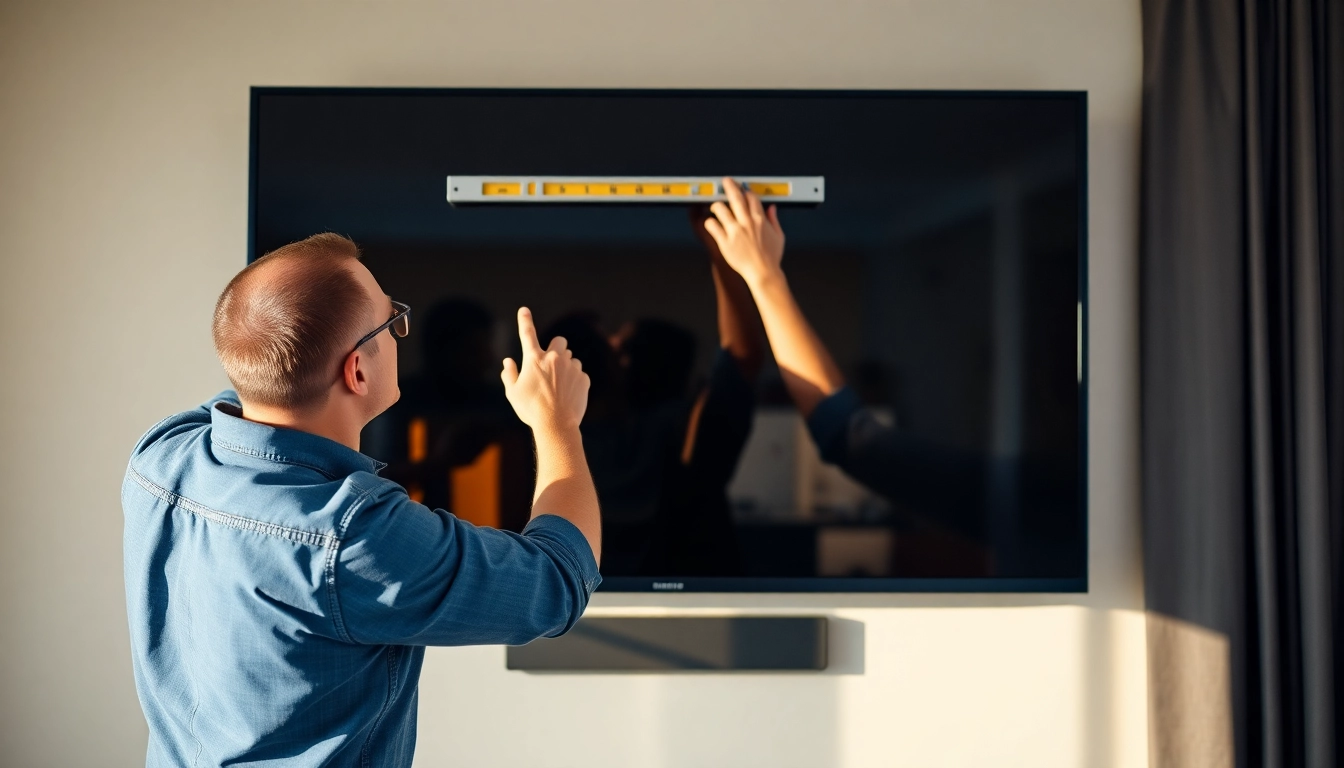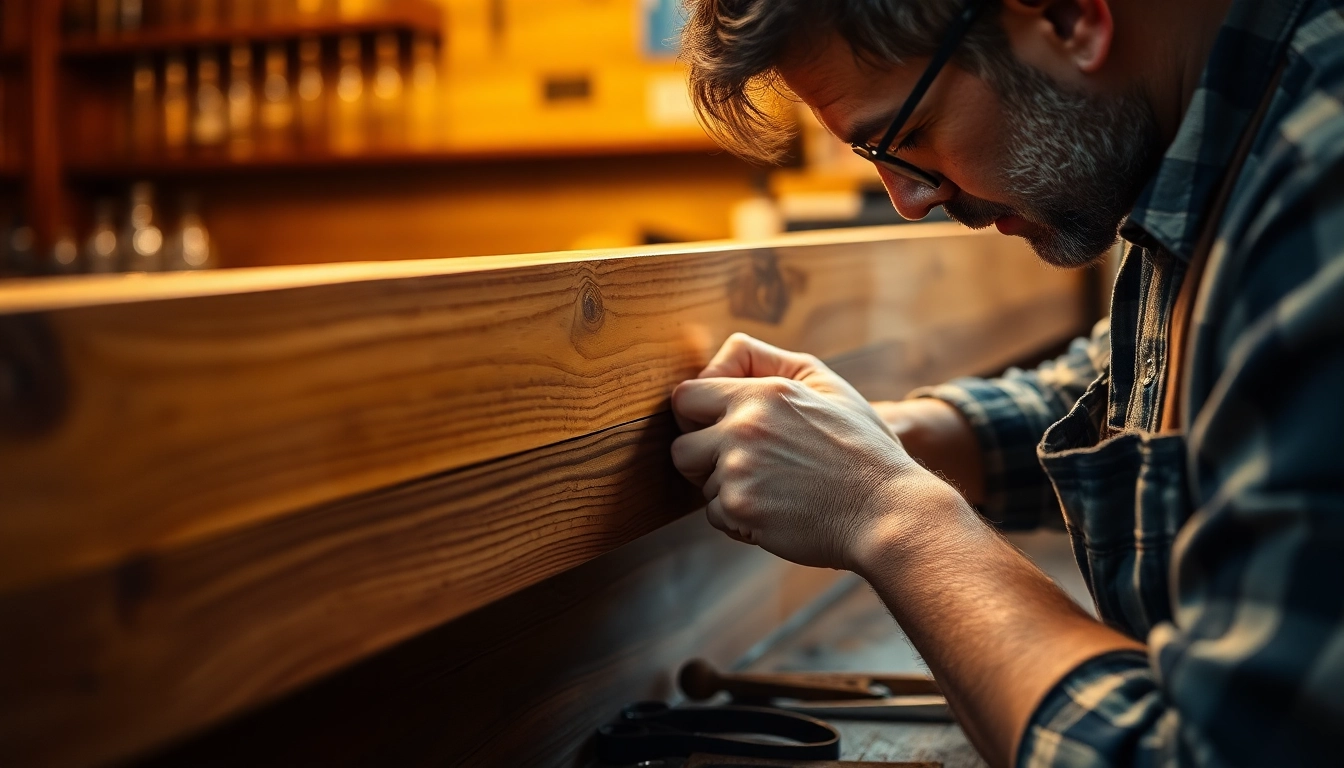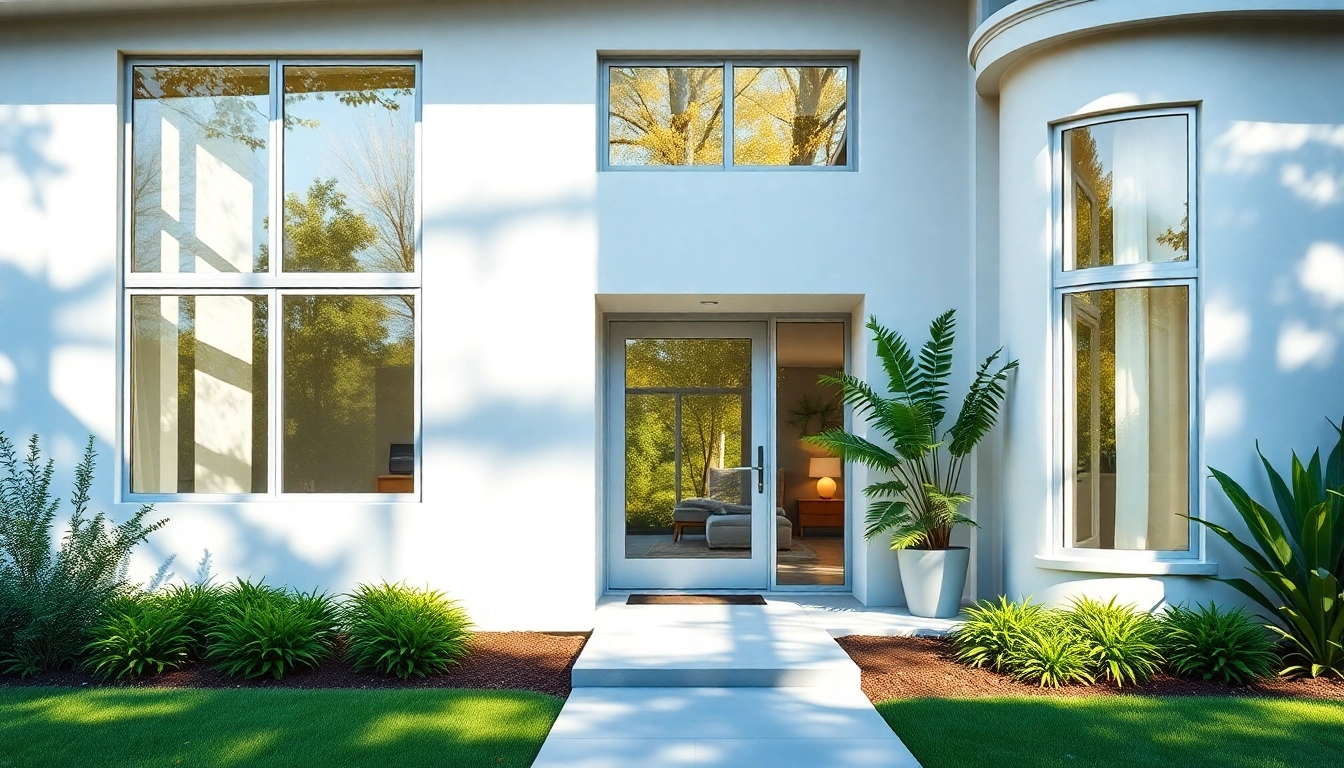Understanding Folding Partition Walls
What is a Folding Partition Wall?
A Folding Partition Wall is a versatile interior solution designed to create flexible space arrangements in various environments. This type of wall can be easily folded or collapsed, allowing for a seamless transition between open and closed spaces. While traditional walls are fixed and static, folding partition walls offer occupants the freedom to customize their environments based on specific needs or events.
Key Features and Benefits
- Space Optimization: Folding partition walls maximize the use of floor space by allowing for the quick reconfiguration of layouts.
- Flexibility: These walls can be easily moved or retracted, adapting to changing needs in both residential and commercial settings.
- Sound Control: Modern folding partition walls often incorporate sound-absorbing materials, thus providing effective acoustic insulation.
- Aesthetic Appeal: Available in various designs, these walls can enhance the overall look of a space, integrating with existing decor.
- Cost-Effective: They offer a lower-cost alternative to constructing permanent walls, particularly in rental or temporary environments.
Common Applications in Residential and Commercial Spaces
Folding partition walls are used in a variety of applications, catering to both residential and commercial needs. In homes, they can effectively divide open-plan living areas into smaller, multifunctional spaces such as playrooms or home offices. In commercial environments, they’re frequently utilized in conference centers, schools, and event spaces, allowing for quick adjustments to accommodate different numbers of guests or activities. Their ability to transform an area makes them invaluable in environments where flexibility is crucial.
Types of Folding Partition Walls
Accordion vs. Bi-Fold Designs
Folding partition walls primarily come in two designs: accordion and bi-fold. Accordion walls, characterized by their pleated structure, expand and contract like an accordion, folding back onto themselves to save space. These walls are particularly effective for larger openings where maximum flexibility is desired.
On the other hand, bi-fold walls consist of two panels that fold against each other. They are generally more robust and can provide enhanced sound insulation compared to their accordion counterparts. The choice between accordion and bi-fold designs largely depends on space aesthetics, functionality requirements, and desired sound control.
Material Choices: Wood, Glass, and Fabric
The material utilized in the construction of folding partition walls significantly impacts their functionality and appearance. Common materials include:
- Wood: Known for its traditional aesthetic, wooden folding partitions provide warmth and can be custom finished to match any decor.
- Glass: Glass partitions allow for natural light to flow between spaces while providing a modern and sophisticated look. However, they can be more expensive and require additional safety features.
- Fabric: Fabric walls are lightweight and versatile, often used in less formal settings. They can be printed on, adding a personal touch to spaces while also providing some sound absorption.
Choosing the Right Style for Your Space
Selecting the ideal folding partition wall involves assessing several factors, including space dimensions, aesthetic desires, and the intended use of the partition. For example, residential areas may benefit from soft fabric or wooden partitions, while commercial areas requiring greater sound insulation might lean towards solid wood or glass options.
Additionally, maintaining a cohesive design style across all elements of the space ensures that the folding partitions blend harmoniously with the overall aesthetic.
Installation Process for Folding Partition Walls
Preparing Your Space for Installation
Successful installation of folding partition walls starts with proper space preparation. This typically involves measuring the area where the wall will be installed, assessing any existing structures (like lighting fixtures and electrical outlets), and determining the best location for tracks or mounting hardware. Clear any furniture or obstructions in the work area to ensure easy access for installation.
Professional vs. DIY Installation
While DIY installation of folding partition walls is an option for those skilled in home improvement, professional installation is often recommended, especially for larger or more complex configurations. Professionals bring knowledge and expertise that enhance accuracy and ensure optimal function. However, homeowners who wish to tackle the project themselves can find detailed installation guides and support through manufacturer resources.
Maintenance Tips for Longevity
Maintaining folding partition walls is crucial for longevity and functionality. Regularly check the tracks and mechanisms for dirt or debris, as buildup can impede smooth operation. Lubricating moving parts and inspecting seals for wear will also help prolong the life of the partition. Additionally, cleaning surfaces according to material-specific guidelines ensures the aesthetic integrity of the walls is preserved.
Performance and Acoustic Considerations
How Folding Partition Walls Impact Sound Control
One of the primary considerations when installing folding partition walls is their acoustic performance. High-quality partitions are designed to minimize sound transfer between spaces, making them ideal for offices, schools, and event venues. Acoustic panels or acoustic-grade materials integrated into the wall can further enhance sound dampening capabilities.
Assessing Structural Integrity and Safety
When choosing a folding partition wall, it’s essential to assess the structural integrity and safety features of the system. Ensure that installation meets local building codes and safety standards. Consulting with professionals can help ensure that the wall is capable of withstanding the typical stresses it will encounter throughout its life.
Energy Efficiency and Insulation Benefits
Folding partition walls can also provide energy efficiency benefits, especially when designed with insulation in mind. Insulated walls help maintain temperature control between different areas, which can lead to reduced energy costs. Additionally, some modern partition systems are designed with eco-friendly materials, contributing positively to sustainability efforts within commercial and residential spaces.
Comparing Folding Partition Walls to Other Divider Solutions
Pros and Cons of Folding Partition Walls
Folding partition walls come with several advantages that make them a preferred choice for many applications:
- Versatility: Can be adapted for various uses throughout the course of the day or year.
- Quick installation: Typically quicker to install than constructing permanent walls.
- Cost efficiency: Often more budget-friendly than traditional construction methods.
However, there are some potential drawbacks, including:
- Sound Insulation: While many designs offer reasonable sound control, they may not match the effectiveness of solid structures.
- Aesthetics: In certain environments, partitions may not achieve the desired look compared to traditional construction.
- Wear and Tear: Moving parts can experience wear over time, potentially leading to increased maintenance.
Alternative Solutions: Fixed Walls and Curtains
Other common space division solutions include fixed walls and curtains. Fixed walls provide excellent sound blocking and do not require moving parts, which can sometimes lead to lower maintenance costs. However, they are permanent solutions that don’t offer the same flexibility as folding walls.
Curtains, particularly heavy drapes, can provide an easy way to separate spaces and are also often less expensive to install. However, they lack the structural integrity and sound control capabilities of folding partitions, making them less suitable for professional settings.
Making an Informed Choice for Your Needs
In deciding between folding partition walls and other solutions, it’s vital to evaluate the specific needs of your space. Considerations should include desired aesthetics, acoustic quality requirements, frequency of usage, and flexibility needs. Consulting with a specialist can provide tailored advice to help ascertain the best solution for your application.



